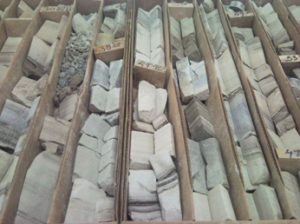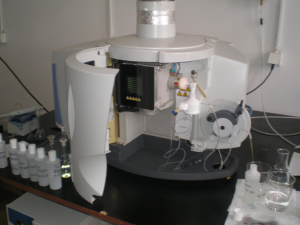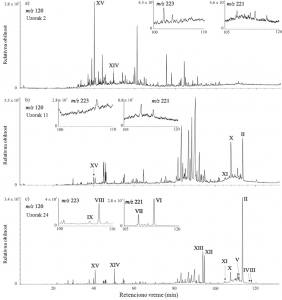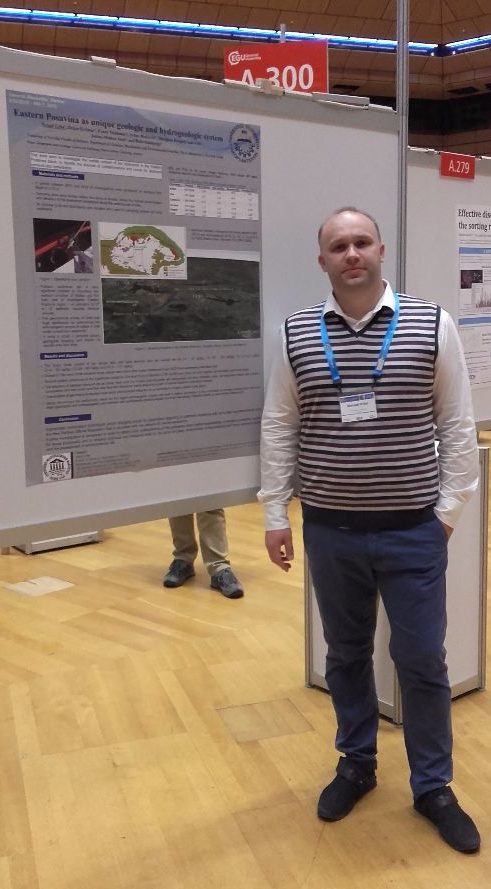THE MAIN FIELD OF EXPERTISE AND SIGNIFICANCE OF SCIENTIFIC WORKS – Internal Dinarides and Pannonian Basin
-
Neogene sediment from Internal Dinarides and Pannonian Basin
- The main investigation focus is on Neogene formations that are the most widespread geological formations of the Balkan Peninsula, and are also carriers of significant deposits of coal, gas and other mineral resources. It is important to stress that these and also wider perspective of Alpide belt system were insufficiently studied from a geochemical point of view. In particular, there is a lack of detailed simultaneous investigations of both their inorganic and organic parts.

-
- These formations are often saline/hypersaline environments, characterized by typical microbial communities that can tolerate high salt contents. Accordingly they present parameters for typical saline/hypersaline environments.
- Previous and future investigations aim to reconstruct the conditions that prevailed in the depositional environment during the period of its creation. The determination of which biomarkers and biomarker parameters are most sensitive to changes in sedimentation environment is also important. The potential impact from the investigative areas on the environment, especially water and soil, was and will be further investigated.
- The determination of the qualitative composition of the mineral part of the sediment was carried out by X-ray diffractometer analysis (XRD), and the content of macro-, trace- and rare earth elements by Inductively Coupled Plasma Mass Spectrometry (ICP-MS) and Inductively Coupled Plasma – Atomic Emission Spectrometry (ICP- AES).

- Bulk organic geochemical parameters during the Internal Dinarides study were determined on the basis of the results of elementary analysis, while for the determination of bitumen and hydrocarbons contents Soxhlet extraction and column chromatography were applied.
- Biomarkers, such as, n-alkanes, isoprenoids, polycyclic alkanes type of sterane and triterpanes, β-carotane, monoaromatic and diaromatic carotenoids and others, were and will be analyzed in detail, by gas chromatography–mass spectrometry (GC–MS) technique in the alkane fractions.

Characteristic distributions of hydrocarbons (TIC) in sedimentary rocks
- The further investigation results enabled novel insights into the elevated geogenic levels of Cr and Ni in the Eastern Posavina region. Elevated Ni and Cr contents may result from ophiolite sources (ocean floors on land, which are usually rich in some heavy metals, like Cr and Ni), particularly the Dinaric ophiolite belt. It has been shown that the heavy metals contents in river sediments, soil and groundwater are mainly controlled by geochemical processes.
- In future, similar investigations over the wider area of the Alpide belt may be of interest, with potential studies carried out on a global scale.
